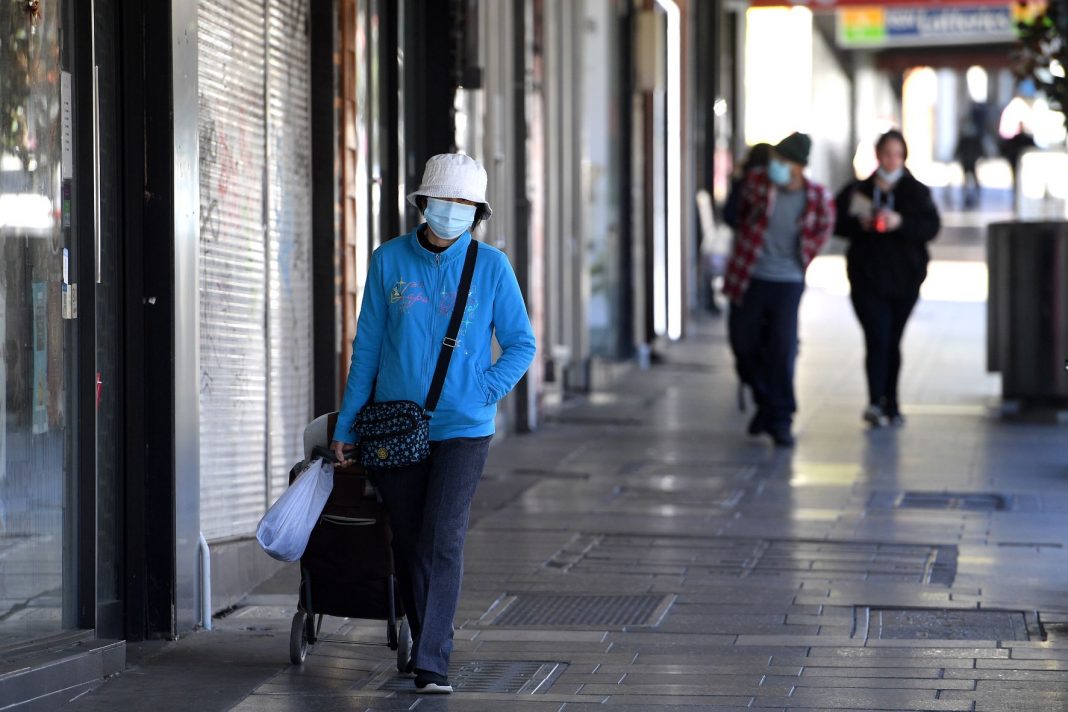Australia’s economic downturn appears to be going from bad to worse as virus lockdowns in the nation’s biggest states become broader and potentially run even longer.
At the weekend the NSW government extended its already lengthy Greater Sydney lockdown to the rest of the state as new infections topped 400 for two days in a row and its death toll increased.
In Victoria, there are sufficient new daily virus cases to suggest Premier Daniel Andrews may extend the state’s sixth lockdown beyond Thursday.
The ACT is also midway through a week-long shutdown with case numbers rising.
Equity Economics lead economist Angela Jackson says there is a risk the rolling lockdowns and closed borders will continue.
“That means even outside the hotspot areas of NSW, Victoria and the ACT at the moment we may start to see broader economic impacts from the lockdowns in other states and territories,” Dr Jackson told ABC television.
She expects the federal government will have a keen eye on upcoming key data to see if there is any early indication that the economic impacts are growing and broadening to require further stimulus.
Figures to be released this week include labour force figures for July, which are expected to show the unemployment rate nudging up to five per cent after dropping to a decade low of 4.9 per cent in June.
Economists had already expected the economy to contract by between one and 2.5 per cent in the September quarter, the first negative result since last year’s recession.
ANZ economists are now reviewing their forecasts, but expect that contraction to be deeper and the recovery slower.
Economists at National Australia Bank believe the Reserve Bank of Australia’s updated forecasts are in danger of being out of date within just a week of being released with the September quarter contraction likely to be a lot larger than what it had pencilled in.
“NAB still expects a swift rebound in activity once restrictions start to ease when the 70-80 per cent vaccination hurdles are met – on our projections these could be reached by mid-November,” they said in a note to clients.
“Thus the rebound may not occur until late Q4.”
By Colin Brinsden, AAP Economics and Business Correspondent in Canberra
Read more:



